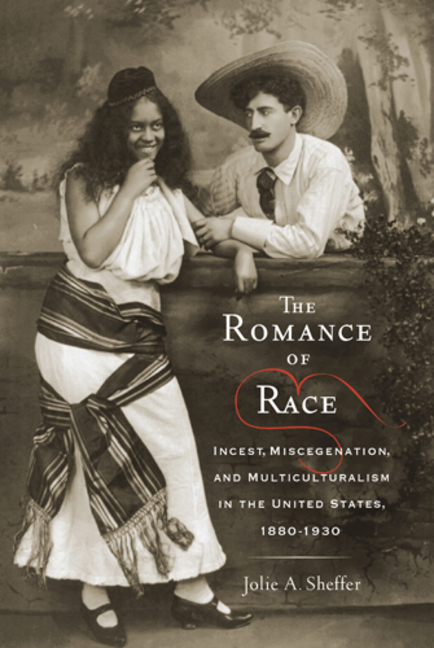Passing as White: The Life Altering Effects on Loved OnesPosted in Dissertations, Literary/Artistic Criticism, Media Archive, Passing, United States on 2012-09-30 17:05Z by Steven |
Passing as White: The Life Altering Effects on Loved Ones
Southern Connecticut State University
May 2006
122 pages
Publication Number: AAT 1435422
ISBN: 9780542641824
Kathleen Daubney
A Thesis Submitted to the School of Graduate Studies In Partial Fulfillment of the Requirement for the Degree of Master of Science
This thesis analyzes the theme of passing in Harlem Renaissance literature and deals with the consequences that such transitions to white society had on the passers’ friends and relatives. Choices that one person makes can have a domino and long lasting effect on his or her family and friends. This study focuses on: Passing by Nella Larsen, The Autobiography of an Ex-Coloured Man by James Weldon Johnson, “Passing,” by Langston Hughes, and Comedy: American Style and Plum Bun both by Jessie Fauset. This thesis discusses if the family and friends have knowledge of the passing, if they had a voice in the novel, and if the children had knowledge of their heritage. It also discusses the effects passing had on the families and friends of the passers, along with their responses.
TABLE OF CONTENTS
- PASSING AS WHITE: THE LIFE ALTERING EFFECTS ON LOVED ONES
- FAUSET’S PLUM BUN: PASSING AND RETURNING
- LARSEN’S PASSING: ESCAPE, WEALTH, OR APPEARANCE
- THE AUTOBIOGRAPHY OF AN EX-COLOURED MAN: WHITE, BLACK, WHITE?
- HUGHES “PASSING”: I LOVE YOU, BUT
- COMEDY AMERICAN STYLE: OLIVIA’S PASSING, THE FAMILY’S ESCAPE
- CONCLUSION: TO PASS OR NOT TO PASS
- REFERENCES
Purchase the dissertation here.




